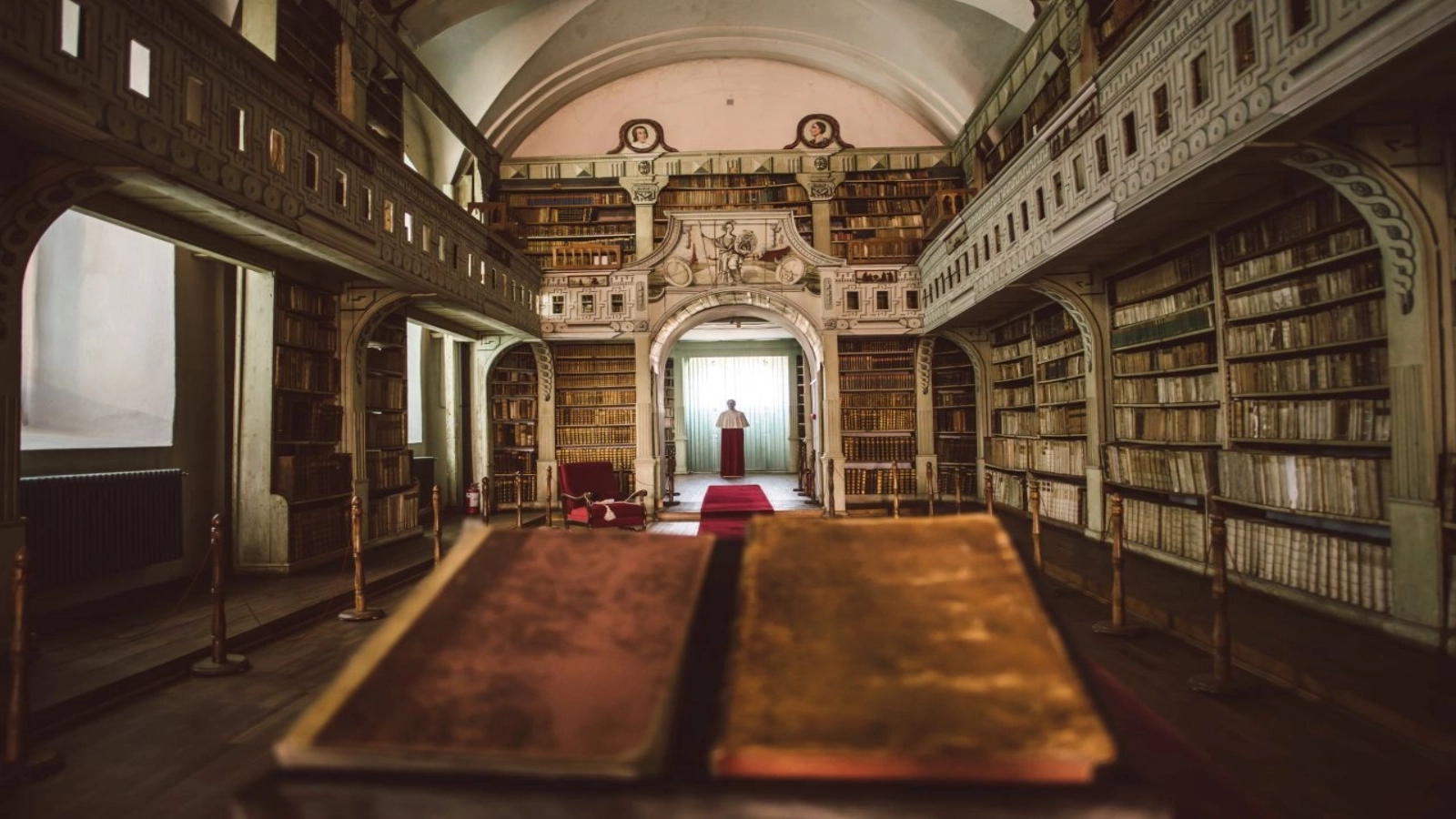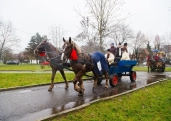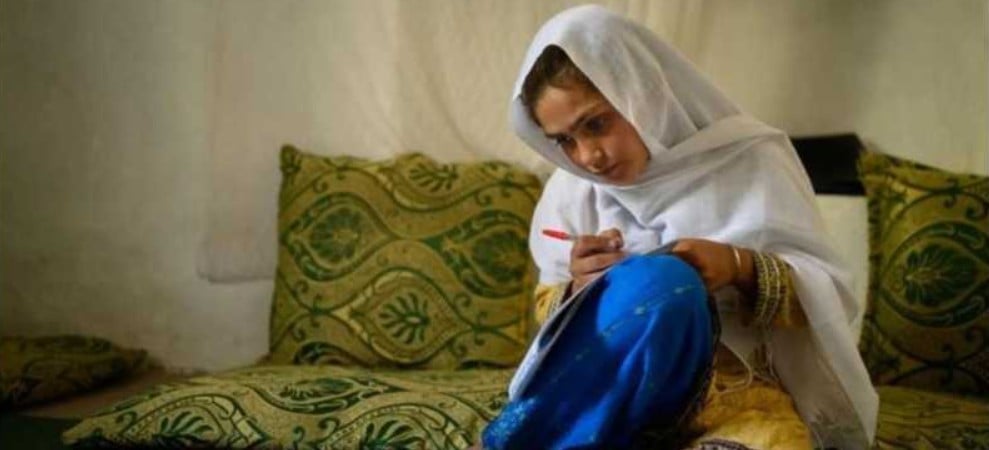A spectacular Roman votive plaque that had gone missing for almost a century was identified in the collections of the Batthyaneum Library - a branch of the National Library of Romania, being "rediscovered" on the occasion of a recent exhaustive inventory of the library's resources thanks to the research, collaboration and intuition of archaeologist George Bounegru and Cristian Mladin, head of office with the same institution.
The original artifact was discovered at the beginning of the last century in Partos - where the ancient Roman colony Aurelia Apulensis once sat, and was entered in the inventory register of the Alba Iulia museum as a representation of a Dacian ruler. A plaster replica of the item exists in the heritage of the National Union Museum (MNU) in Alba Iulia and was identified in 1974 by Professor Vasile Moga as a copy of an original artifact.
The original marble votive plaque from Batthyaneum, which still retains traces of the initial red paint, represents Silvanus Silvestris, the tutelary deity of woods, standing with a curved knife in his right hand while holding in his left hand two joined spears that rest on his shoulder and forearm. A dog sits by his right leg, its head pointing upwards, a common representation for Silvanus.
The votive plaque is 21.5 centimeters high and 14.5 centimeters wide, with a broader base of 15.2 centimeters, and is 3 centimeters thick. The representation is framed by a simple border, without decoration, with visible traces of red color on its interior. The back of the piece is unfinished.
Archaeologist George Bounegru believes that the highly valuable provincial art item was not crafted in Rome, in a well-known classical workshop of the ancient world, but somewhere in a provincial workshop in Roman Dacia, probably right in Apulum or possibly in Ulpia Traiana Sarmizegetusa. The detail that suggests that it was produced in a provincial workshop are its proportions, with the oversized head compared to the rest of the body. Also, the expressiveness of the palms is suggested by their oversized scale to the whole body, but especially to the rest of the arm.
Following the research he conducted, Cristian Mladin concluded that the artifact does not compare to anything that exists now in Romanian museums, both in artistic and qualitative terms, and that even compared to other foreign monuments dedicated to Silvanus - especially altars and funerary stelae - the Batthyaneum plaque stands out through its exceptional artistic quality.
According to the two researchers, there are around 100 known mentions of Silvanus in Dacia, of which 27 at Apulum, and from now on the relief in the Batthyaneum Library collection can also be added to this list.
Even if it was known thanks to the contemporary plaster replica, the rediscovery of this votive plaque provides a confirmation of certain stylistic criteria, also adding new ones, and allowing also the classification and valorization of the item for display purposes, the two researchers state.
The Batthyaneum Library, which has been operating since 1794 at the premises of the former Trinitarian Church in Alba Iulia, holds the most valuable collection of western medieval manuscripts in Romania. It also accommodates the oldest manuscript of this kind, the Codex Aureus, made between 805 and 810, also known as the Lorsch Gospel. The first half of the Codex arrived in Alba Iulia in 1786, and the second half is kept in the Vatican Library. The original covers can are preserved in London and Rome museums.
The Batthyaneum also has the largest collection of incunabula in Romania, books published in the early stages of printing in the second half of the 15th century in Europe, as well as extremely valuable collections of numismatics, shells and minerals, special museum pieces, and a very important archival fund of the history of Transylvania.
The library was founded in the 18th century by Count Ignatius Batthyany, a Roman Catholic bishop. AGERPRES
































Comentează